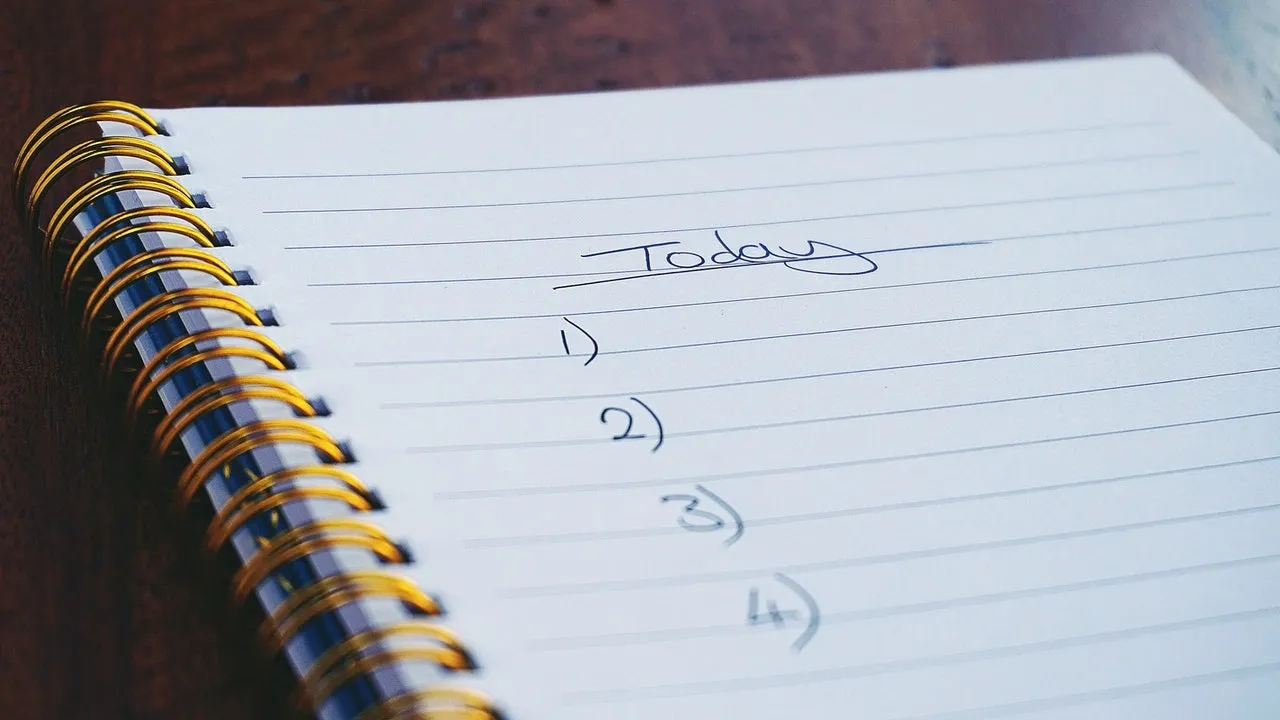We are what we repeatedly do. Excellence, then, is not an act, but a habit. – Aristotle
Over the years, one of my favorite areas for coaching has been improving personal productivity. I’ve taught productivity classes to hundreds of people. Every time someone tells me they are still using what I taught them years ago I beam with pride. I know in part this is connected to my Maximizer strength (from Clifton’s StrengthsFinder 2.0, a post for another day). I am driven to optimize every repeatable process, and to help others do the same.
In my Productivity Mastery program, we cover several areas, including email management, controlling your calendar, task management and eliminating distractions to create focus and flow. While all of these are important, I always begin with creating a daily planning ritual. Building this simple daily habit can help you structure and organize your day (and week) to ensure you’re focused on the right priorities.
The first key to the daily planning ritual is that it needs to happen every day. Reliably. If you engineer it specifically around your work requirements then you can skip it on non-working days, but I’ve found it most effective to build a ritual that is inclusive of work and personal life and is done seven days a week. Done well, the planning ritual should take 15 minutes or less. To be truly effective it needs to be a reliable habit. If you can rely on this happening once a day, you can build certain things into the ritual and forget about them for the rest of your day. If you don’t plan every day, however, you’ll find yourself worrying about those items throughout the day. For example, I have a “Waiting” email folder. Emails I’ve sent that are awaiting a response. Once a day, I check that folder to see if I need to follow-up with anyone. Then I forget about it until the next day. If my daily planning isn’t reliable, I start wondering if I have any waiting emails that need follow-up, distracting me from my priorities of the day.
Find a time in your schedule where you can count on this happening every day. For me, that’s first thing in the morning before my meetings get started. For some, it’s the last thing they do at the end of their workday. Perhaps it’s an evening task after kids are in bed. Just pick a time that’s dependable.
Next, build a checklist. What are the things you do in your daily planning? It can start small and simple, and you can build it over time. As this becomes a habit, you’ll soon think of several tasks which can be moved to daily planning and ignored for the rest of the day. I use Checklist – Perfect checklist on my iPhone for this. My checklist includes
· Check voicemail
· Check Todoist (my central tasklist)
· Consolidate tasks from Evernote (my note-taking app)
· Update personal metrics
· Sweep personal email
· Sweep work email
· Review waiting email folder
· Sweep Slack
· Review calendar and add to dos for meeting prep
· Review LinkedIn
· Review coachee messages
· Plan my day
This process typically takes me less than ten minutes. It may have put two hours of worth of “To Dos” on my tasklist, but I make sure not to get distracted working on any of those To Dos until the planning is done, and I make sure in the final “Plan my day” step that I prioritize effectively to ensure I work on the right tasks.
I have an abbreviated version of this I use if I’m pressed for time, and if I’m really pressed for time I’ll get as far as I can in the morning and finish my daily planning at lunchtime.
I encourage you to implement your own daily planning ritual. Start simple and build it up over time as it adds value. And if you’d like to go deeper on personal productivity, consider my Productivity Mastery program.
Want to comment? Join the conversation on LinkedIn.

